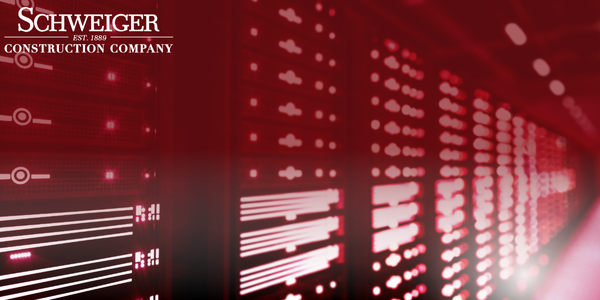The data center industry is experiencing rapid growth and transformation as digital demands continue to surge worldwide. According to McKinsey & Company, the U.S. data center market alone is expected to reach 35 gigawatts of power consumption by 2030, up from 17 gigawatts in 2022, representing a compound annual growth rate of approximately 10 percent. As this expansion accelerates, innovative approaches to design, cooling, and energy management are becoming crucial for creating sustainable and efficient data centers of the future.
Edge Computing
The demand for faster data processing is rising. Edge computing addresses this by bringing data processing closer to where it’s needed, reducing latency and improving response times. Instead of routing all data to a central location, smaller data centers are placed closer to end-users, a crucial factor for applications like autonomous vehicles, smart cities, and virtual reality.
Recent insights from Data Center Knowledge highlight the evolving edge landscape, with deployments shifting towards smaller, strategically placed facilities to overcome space constraints and enhance efficiency. This approach is particularly important in regions where traditional data centers face challenges such as sustainability laws and limited space.
Additionally, advancements in cooling technologies and the integration of renewable energy sources are playing a critical role in optimizing high-density edge facilities, further boosting their efficiency and sustainability.
Innovative Cooling Technologies
As data centers become more powerful, they generate more heat, posing a significant challenge in high-density facilities where traditional cooling methods fall short. Innovative cooling technologies are stepping up to meet this demand.
Liquid cooling is making a comeback, with new systems capable of handling the heat output of today’s high performance processors. Some data centers are even experimenting with immersion cooling, where servers are submerged in dielectric fluid that efficiently dissipates heat. This method offers several advantages including increased energy efficiency, reduced water consumption, higher server density, and lower operational costs.
HP’s Cooling Pods allow multi-function data centers that can be deployed near cold water sources, reducing energy costs by 20 percent. Another cool trend is the use of artificial intelligence (AI) being used to optimize cooling systems. These smart systems can predict heat loads and adjust cooling in real-time, significantly improving energy efficiency. Carbon-intelligent computing platforms shift flexible compute tasks to align with times when low-carbon power sources are most plentiful.
Renewable Energy Integration
Data centers are notorious for their energy consumption, but the industry is making significant strides in sustainability by integrating renewable energy sources.
Many data center operators are investing in on-site solar panels or wind turbines to generate clean energy. Moro Hub has set a Guinness World Record for the largest solar-powered data center, with a 16,031.925 m2 site in Dubai. Others are partnering with renewable energy providers or purchasing renewable energy credits to offset their carbon footprint.
Some innovative companies are taking it a step further by locating their data centers in areas with abundant renewable resources. For instance, placing facilities in cold climates can reduce cooling needs, while coastal locations can take advantage of sea breezes for natural cooling. For example, Green Mountain and Norwegian Lobster Farm have partnered to reuse waste heat from the SVG1-Rennesøy data center to maintain optimal water temperature for lobster farming. This pioneering example showcases how data centers can drive sustainability beyond their immediate operations.
Shaping the Future of Data Centers
As we look to the future, it’s clear that data centers will continue to evolve. Trends like edge computing, advanced cooling, and renewable energy integration are just the beginning. By embracing innovation and sustainability, the data center industry is not just keeping pace with our digital world – it’s helping to shape it.





